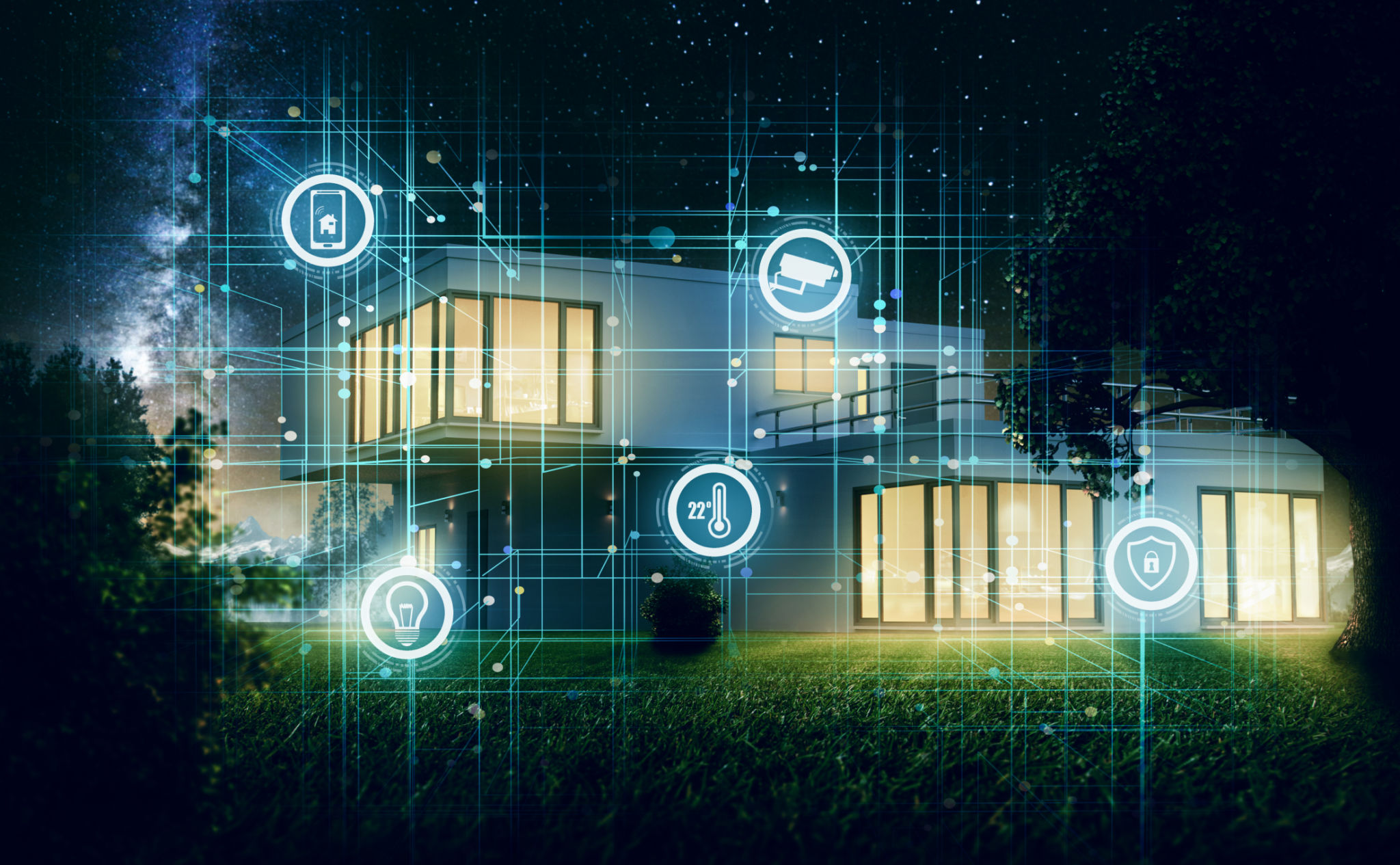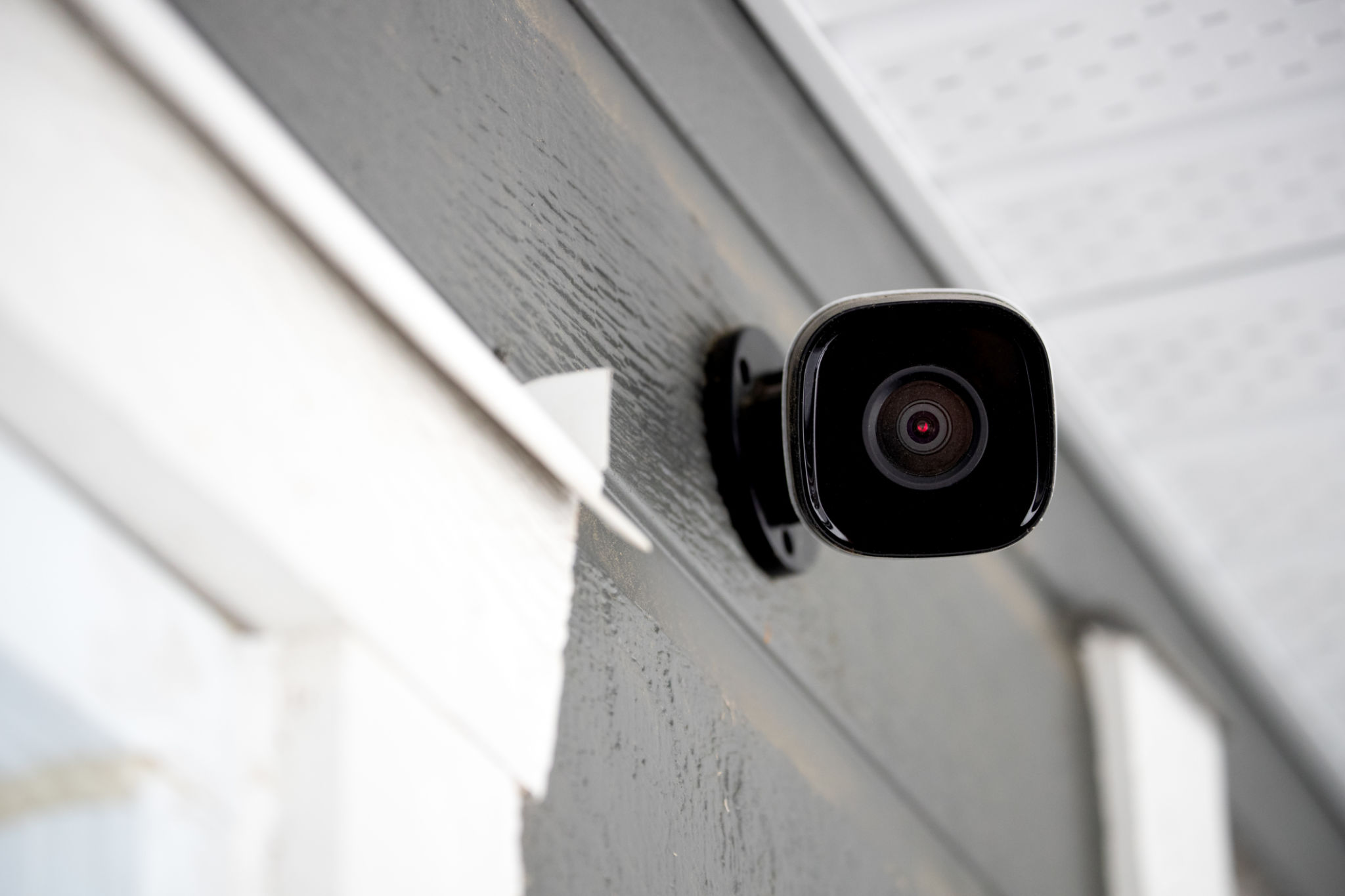Smart Home Installation Trends: What’s New and What’s Next
Revolutionizing Home Comfort
The smart home industry has experienced a significant transformation over the past few years. With advancements in technology and increased consumer demand for convenience and efficiency, smart home installation trends have evolved dramatically. Devices that were once considered luxuries are now becoming household essentials.
One of the most notable trends is the integration of smart home systems with artificial intelligence. AI-powered devices can learn user preferences and adjust settings automatically, creating a personalized living experience. From lighting to climate control, AI is making homes more intuitive and efficient.

Enhanced Connectivity and Interoperability
As smart home technology advances, connectivity and interoperability have become crucial. With numerous devices available, ensuring they communicate seamlessly is essential for a cohesive system. Modern installations often focus on creating a unified ecosystem where all devices work together harmoniously.
Moreover, the emergence of Matter, a new standard for smart home technology, promises to enhance device compatibility across brands. This development is expected to streamline installation processes and reduce user frustration when integrating new products into their existing setups.

Focus on Energy Efficiency
Consumers are increasingly focusing on sustainability, and smart home installations are reflecting this trend. Energy-efficient devices such as smart thermostats, energy-monitoring plugs, and automated lighting systems are becoming more popular. These devices not only reduce energy consumption but also lower utility bills, offering long-term savings.
Homeowners are also investing in solar panels and smart energy storage solutions. By integrating these with their smart home systems, they can optimize energy use and contribute to environmental conservation efforts.

Security and Privacy Enhancements
With the rise of smart home technology comes increased concerns about security and privacy. Manufacturers are addressing these issues by implementing advanced encryption technologies and providing users with greater control over their data.
Smart security systems, including high-definition cameras with facial recognition and automated locks, are becoming more sophisticated, offering homeowners peace of mind. Additionally, many systems now offer remote monitoring capabilities, allowing users to oversee their homes from anywhere in the world.

Voice Control and Integration
Voice control has become a staple in modern smart homes. Devices like Amazon Alexa, Google Assistant, and Apple’s Siri have transformed how users interact with their homes. Voice commands offer hands-free convenience and can control everything from lighting to entertainment systems.
Furthermore, as voice recognition technology becomes more advanced, these systems are becoming better at understanding different accents and languages, making them more accessible to a global audience.

The Future of Smart Home Installation
Looking ahead, the future of smart home installation is promising. As technology continues to evolve, we can expect even more innovative solutions that enhance convenience, efficiency, and security. Emerging technologies such as augmented reality (AR) could revolutionize installation processes by providing virtual walkthroughs and setup assistance.
Moreover, as 5G networks expand, they will enable faster and more reliable connectivity for smart devices, further enhancing their functionality. The continued focus on sustainability will likely drive innovations in energy management and resource conservation.
The world of smart home technology is ever-evolving, offering endless possibilities for creating comfortable, efficient, and secure living spaces. Staying informed about these trends can help homeowners make the best choices for their needs today and tomorrow.